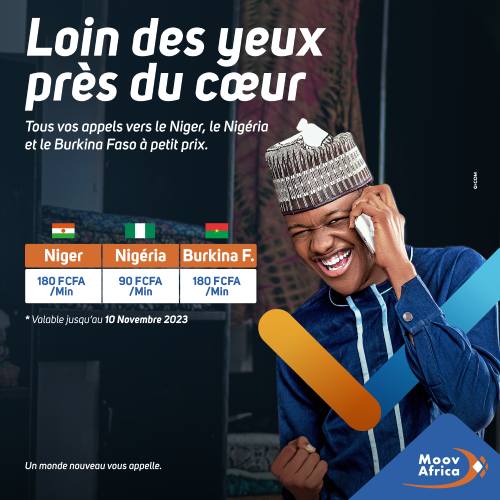The New Development Bank (NDB) of BRICS, a joint initiative of Brazil, Russia, India, China, and South Africa, is redefining the contours of the international financial system. With the recent announcement of the consideration of membership applications from 15 countries, of which up to five will be approved, the NDB is emerging as a rising force in the global financial landscape.
One of the key initiatives of the NDB is to start lending in local currencies. This decision, as highlighted by Dilma Rousseff, aims to reduce dependence on the US dollar. By lending in local currencies, the NDB will enable borrowers to avoid risks associated with exchange rate fluctuations and changes in US interest rates. This approach could provide a viable alternative to the current unipolar financial system dominated by the dollar.
The NDB also stands out for its lending approach. Unlike institutions like the World Bank and the IMF, the NDB does not impose political conditions prior to its loans. Rousseff emphasized the importance of respecting the policies of each member country, thereby avoiding the imposition of conditions often associated with other international financial institutions.
A Key Player in Global Finance Founded in 2014 with an initial capital of $100 billion, the NDB has quickly become a key player in global finance. Its main mission is to finance infrastructure and sustainable development in emerging markets and developing countries. The NDB is headquartered in Shanghai and has a regional office in South Africa. It is jointly governed by the BRICS members, reflecting its multipolar character.
With its recent initiatives and an approach centered on respecting national policies, the NDB is well-positioned to play a significant role in the development of emerging countries. As Rousseff highlighted, the vision is clear: “We are going to become a major bank for developing countries and emerging markets. Our goal must be the following: a bank created by developing countries for themselves.”



